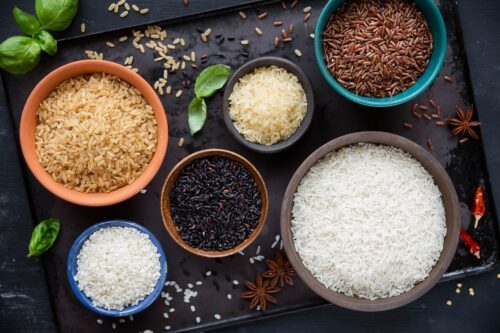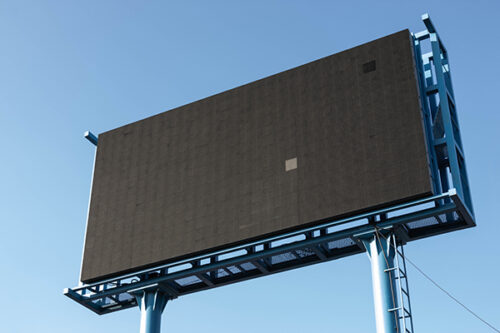Die With Your Gallstones
You would think gallstones are a normal part of the human anatomy with over 20 million people in the US harboring gallstones (15% of the US population). As we get older these stones become even more common — half of all women in the US over the age of 70 have gallstones. The huge prevalence of this disease has the potential for big medical business. Consider, even now there are 800,000 hospitalizations, and $2 billion spent annually on gallbladder disease. With more honest consumer information all of these figures could be cut to a fraction of the present figures.
Gallbladder Symptoms:
Fortunately, gallstones cause no symptoms in the vast majority of patients. They may be discovered by a routine chest x-ray or other diagnostic tests looking for problems unrelated to the gallbladder. The risk of people with gallstones developing mild symptoms is 1% to 3% annually.1 Once diagnosed with gallstones, within the first five years 10% of patients develop symptoms, and within 20 years, 20% have symptoms. This means someone with stones has an 80% chance of living without symptoms – that is, they remain asymptomatic. Unfortunately, the greatest threat to an asymptomatic patient is the meddlesome doctor – trying to help patients who don’t need help.
Simple pain, rather than serious complications, is the first symptom of gallbladder disease in over 90% of people with stones, therefore waiting has few serious consequences. These facts: most people with gallstones remain asymptomatic and symptoms when they do occur are usually not life threatening, mean: you should be allowed to die with your gallstones.”
If doctors actually helped people by removing symptomatic gallstones
Recommended Articles

How to Cook Beans

How to Cook Rice






